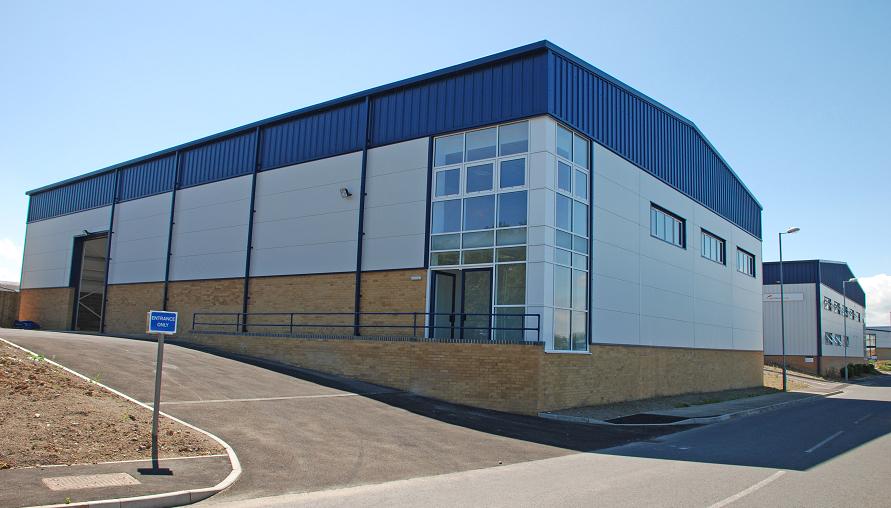Speculative development of industrial and warehouse units in Hampshire could be back on the cards as the economy strengthens.
The job-creating prospect of investors once again ploughing money into new builds in the county has been raised by a commercial property specialist.
Russell Mogridge, the business space director at consultancy Hughes Ellard, which has offices in Southampton and Fareham, cited a significant improvement in business confidence over the last 12 months for creating an attractive investment backdrop.
He said: “The six-year recession scared off developers who preferred to hoard cash to see them through the lean times as occupier demand dried up and unemployment soared.
“Now that the economy is growing in strength, with record job numbers, expanding companies need larger accommodation for their stock, logistics and staff.
“However, they are hampered by the lack of available industrial units along the Solent Corridor.
“Furthermore, the gap between demand and supply is widening, with rental and value increases in industrial and warehouse premises as a consequence.
“Where there is rare space, investors are prepared to refurbish existing stock, to meet demand, and it won’t be long until we see speculative development start again in the industrial sector.”
New opportunities will be opened up with the Solent Growth Deal, led by the Solent Local Enterprise Partnership (LEP), Russell suggested.
The economic boost over the next five years will see private and public investment worth £360m, creating 15,500 jobs and 24,000 homes in the Solent area.
Meanwhile the only industrial unit to be speculatively built in the region has just been completed.
Zenith House, at 954 sq m (10,268 sq ft) and with fully-fitted offices, 23 car park spaces and 8m eaves, is the latest development by Glenmore, a London-based company with business parks and industrial estates across southern England.
Guided freehold at £1.025m or leasehold at £80,000 per annum, the detached property at Lederle Lane, Fareham, is being marketed by Hughes Ellard and other agents.
According to the commercial property benchmark, the IPD UK Monthly Property Index, the total return from industrial buildings, offices and shops was 17.6% for the year ending last month (June).
Russell said: “These kinds of returns appear far more attractive, especially with the rise in capital values and rental income, compared to the current and embedded historic-low interest rate of 0.5%.”
Other sector observations by Russell:
· Availability of vacant industrial and office space is falling rapidly.
· The government’s relaxation on change of use to residential is proving attractive, unless where offices are in strong locations.
· Roadside development sites are in demand for a variety of uses from retail, trade counter and motor trade.
Regarding the economy, official data this month (July) revealed the British economy is now at its biggest than any time, having reached pre-crash level after six years of recession.
Figures from the Office for National Statistics also showed unemployment in the UK fell by 121,000 to just over 2.1 million in the three months to May, the lowest level in six years.
There are now 30.64 million people working, up 929,000 on a year earlier and the largest rise since records began in 1971, the year unemployment reached a post-Second World War high of nearly 815,000.
By contrast the credit crunch and ensuing recession – the severest of its kind in living memory – resulted in an unemployment peak of 2.68m in October 2011, a 17-year high.




















